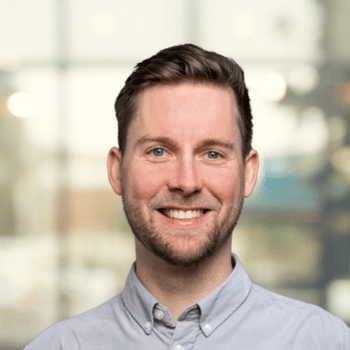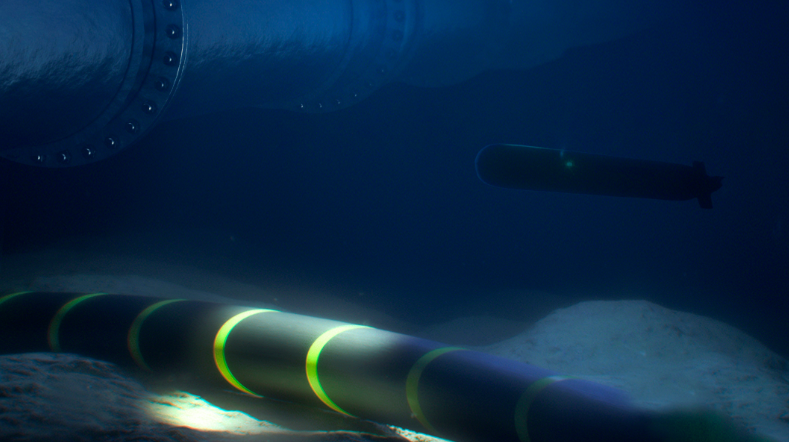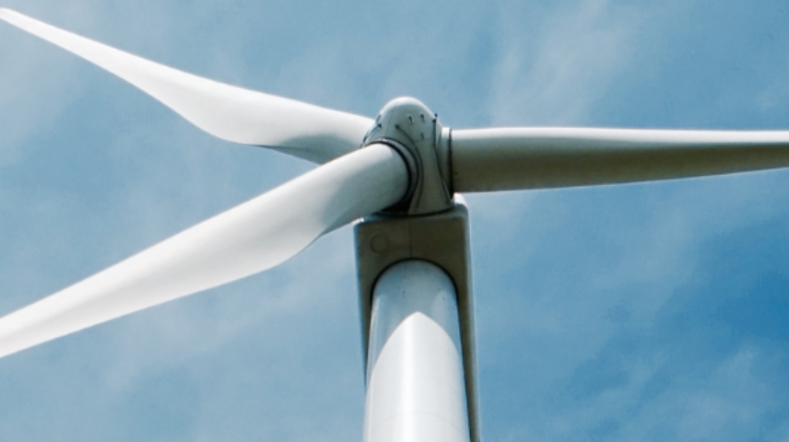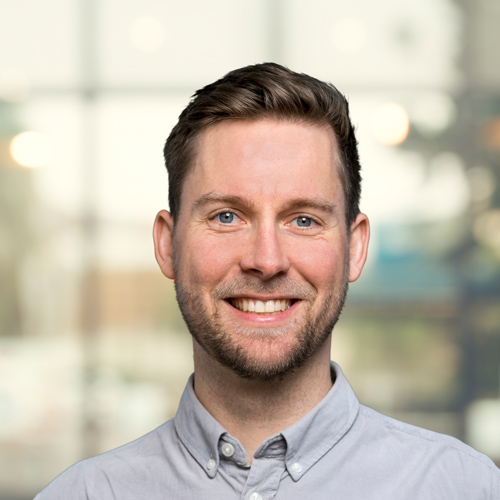
Increasing Wadden Islands’ sustainability with energy from water
The Wadden Islands will be able to meet a significant part of their demand for renewable electricity by themselves by as early as 2030. This will be achieved not just through large-scale generation of energy from wind and solar, but also by making smart use of waves and tides. TNO has identified the potential for these methods. Dutch Minister for Climate and Energy Policy Rob Jetten received the report at the end of January.
Research: The potential of energy from water in and around the Wadden region
The study (in Dutch) entitled ‘Het potentieel van energie uit water in en rondom het Waddengebied’ (The potential of energy from water in and around the Wadden region) can be downloaded here.
Joining forces
‘The potential of energy from water is huge worldwide. Wave action, tidal action, and the mixing of salt water and fresh water can likewise generate energy on a larger scale in the Wadden region than is currently the case. However, all the parties involved – provinces, municipalities, the central government, grid operators, and companies – will have to join forces rapidly. If they do so, a sustainable energy supply for the Wadden region will quickly become more attainable,’ says Hans van Hilten, programme director for Nature and Sustainability of energy management of the Wadden Fund, which commissioned the study.
Tremendous opportunities
Companies in the Wadden region have been working for some time to generate energy from seawater, with financial support from the Wadden Fund. However, the techniques used are still in the pilot and demonstration phase, and everything is still happening on too small a scale to make a real difference. However, the study shows that there are great opportunities to make this a success within a few years. TNO took a close look at 6 techniques now being developed by companies. These include 3 techniques for generating energy from wave action, 2 from tides, and 1 exploiting the voltage difference between salt and fresh water.

‘This report provides the Wadden Fund and local authorities with tools to assess the techniques and support the companies in developing their techniques and projects in the Wadden region.’
Practical tools
TNO researcher Sam Lamboo explains: ‘We published a report on power from water a few years ago, which looked at wave energy technology quite globally and at national level. Now we’ve gone into the subject in bit more depth, and with the companies involved, we’ve zoomed in on how the technology works, possible upscaling, costs and benefits, bringing the electricity ashore, and ecological integration. This provides the Wadden Fund and local authorities with tools to assess the techniques and support the companies in developing their techniques and projects in the Wadden region.’
Energy transition specific to the Wadden region
The reason for focusing on energy from water in the Wadden region is that large-scale solar and wind generation is often not a realistic option here from a spatial and ecological point of view. Hans van Hilten says: ‘We want a Wadden-specific energy transition here that is not at the expense of our natural environment and landscape. There are few alternatives to solar and wind, so in our area, you end up with the option of energy from water. Since companies were already working on that method, we wanted to clearly see the potential of their technologies. We therefore asked TNO to paint that picture for us and to test and validate the assumptions and claims of current technologies.’
Work on 6 techniques
The study shows that there are indeed promising alternatives to large-scale generation by solar and wind in the region. For example, it has been established that wave action in the Wadden region can be exploited, as can tidal flow and the confluence of fresh and salt water. This is why companies have been active in this field for some time. TNO recommends working on all 6 initiatives, to increase the chances of achieving the Wadden Fund's climate goals in the relatively short term.
‘Now that TNO has shown that it’s realistic to scale up these techniques further, it’s up to the public and private parties to take this forward.’
Alternative sources of generation needed
‘There are still some hurdles to overcome, and there are still some knowledge questions, but there’s nothing to stop us from making an energetic start on this work now. After all, we need more alternative generation sources that complement each other. You have to combine different technologies at system level, which helps make the power grid more flexible. In the coming period, the 6 technologies will need to make progress, in order to become marketable and to be commercially viable by 2030,’ says Hans van Hilten.
Wadden Islands and North Sea coastal area
The study shows not only that there is sufficient potential to make the Wadden Islands self-sufficient in sustainable electricity generation, but also that energy from water could also supply the North Sea coastal area with 10 to 30% of its household electricity demand.
‘And that with techniques that suit our fragile nature reserve much better than large wind farms,’ says Hans van Hilten. He concludes: ‘There are still questions to be answered about ecology and integration into the energy system, but thanks to this research, we can get started with all parties to make these techniques contribute substantially to a sustainable energy transition in the Wadden region by 2030.’
Get inspired
TNO develops detection system to protect cables and pipelines on seabed


Advancing wind turbine blade reliability through innovative monitoring and digital twin technology


Offshore renewable energy production

